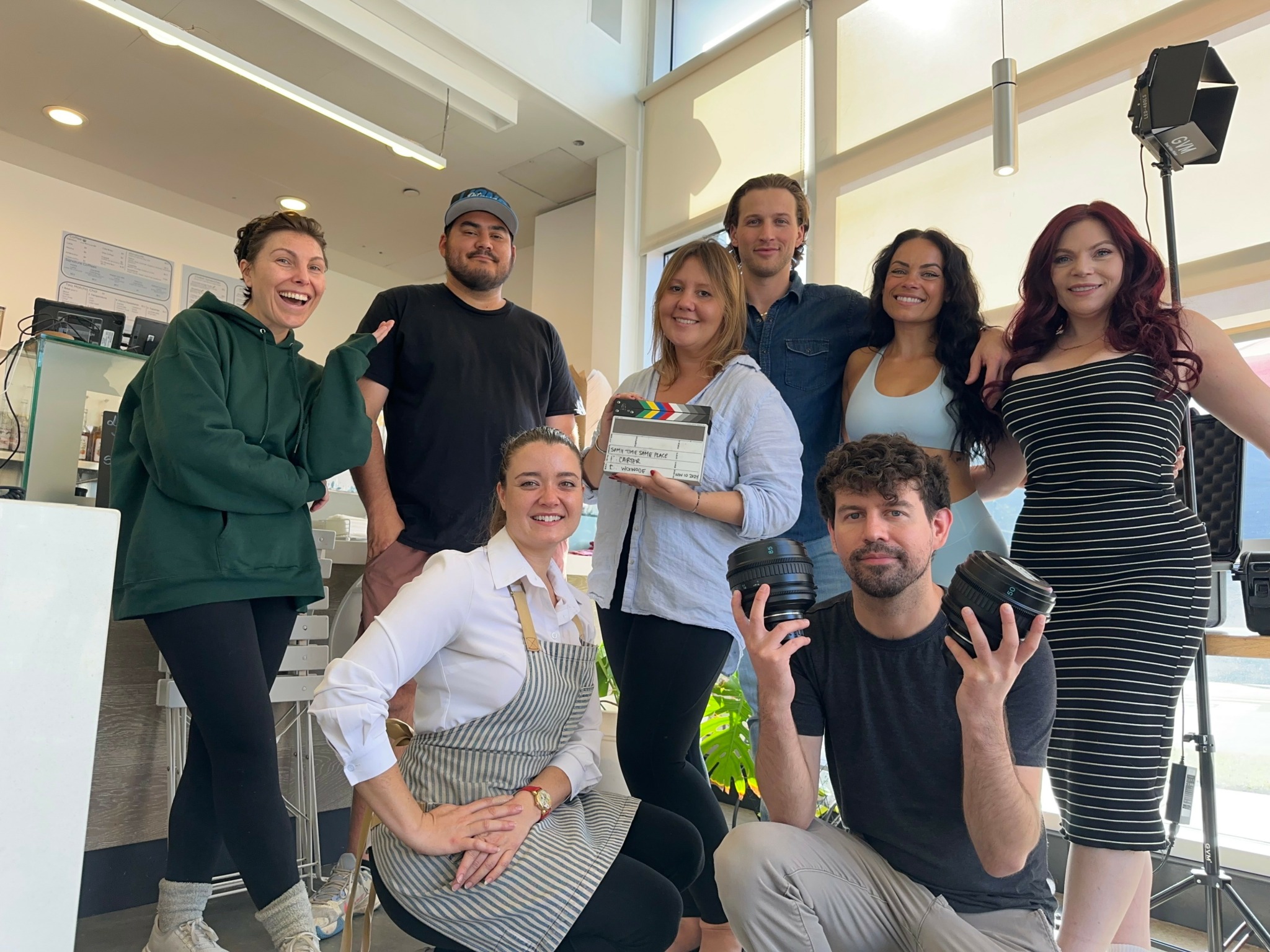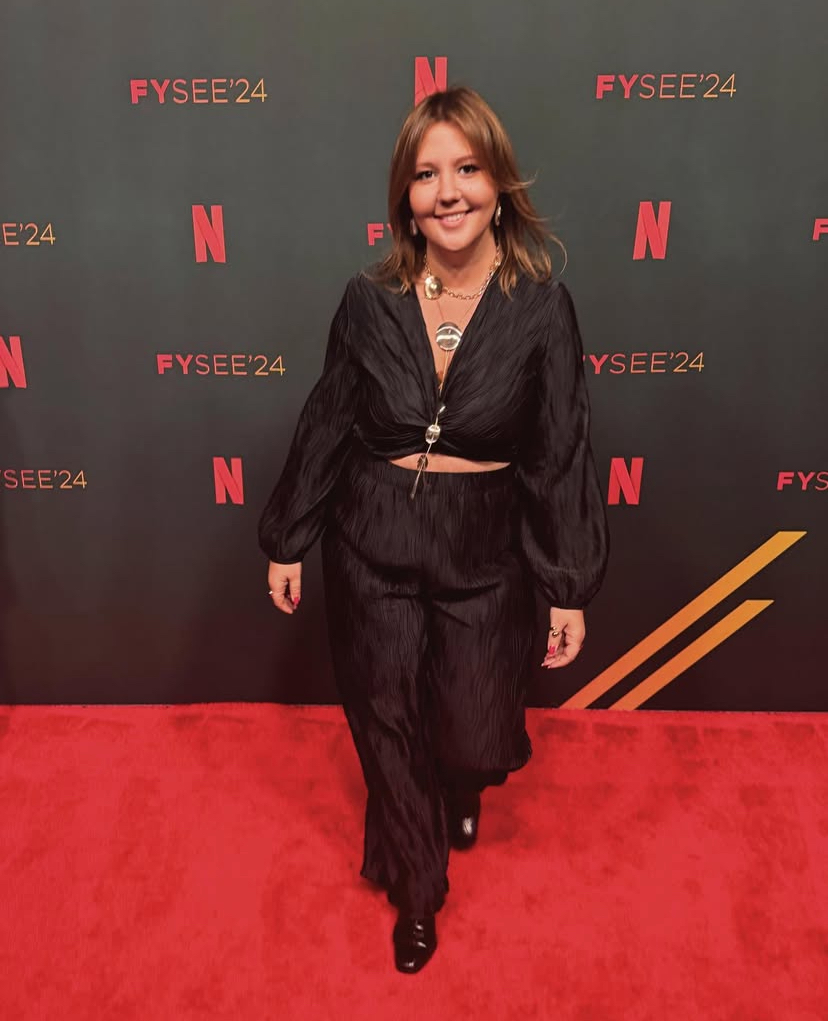We recently connected with Hannah Carter and have shared our conversation below.
Alright, Hannah thanks for taking the time to share your stories and insights with us today. Can you talk to us about a project that’s meant a lot to you?
i’ve worked on some incredibly meaningful stories over the last few years, but the most meaningful to myself would have to be my short film ‘Crossing the creek’ it focuses on estranged relationships between mothers and daughters and showing up for family when it’s needed the most, nomatter what.
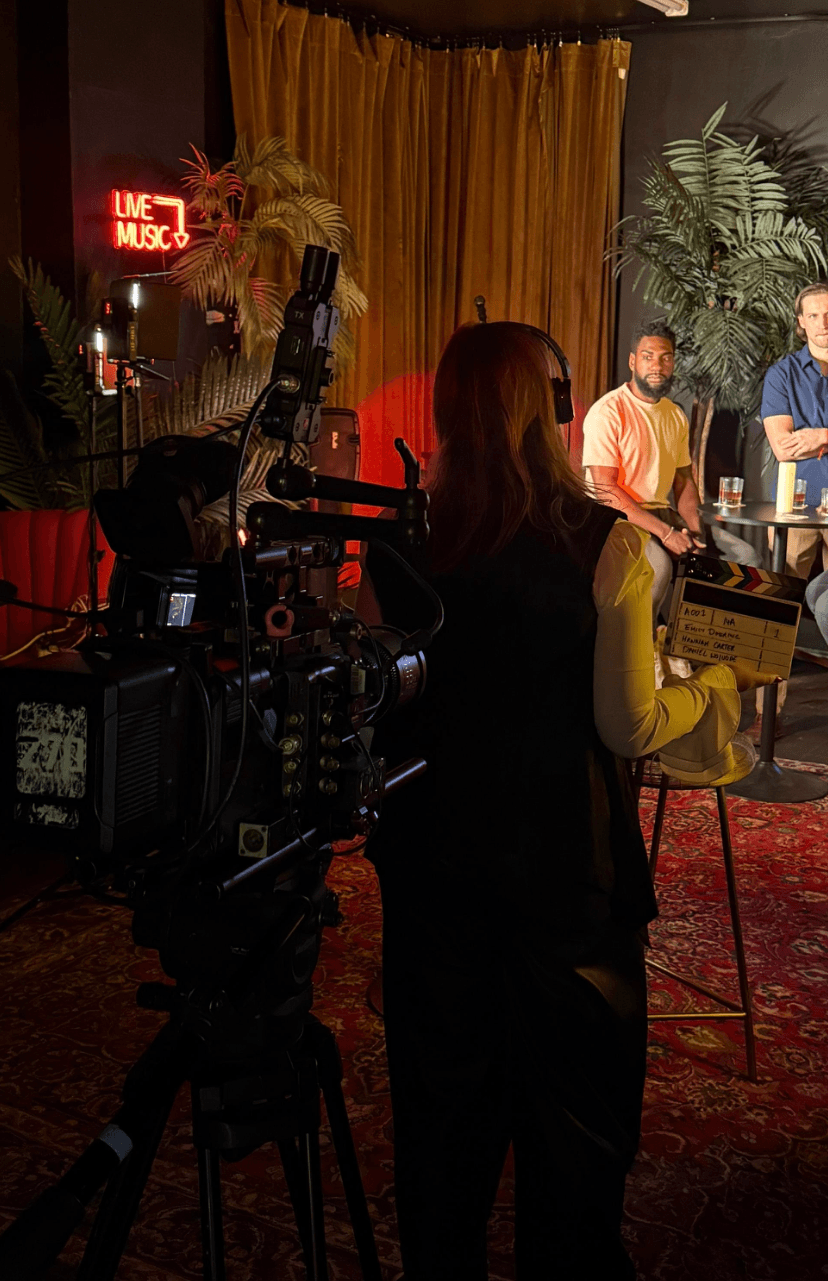
Hannah, before we move on to more of these sorts of questions, can you take some time to bring our readers up to speed on you and what you do?
I’m originally from London, moved to Los angeles about 11 years ago after receiving a scholarship to the American Academy of Dramatic Arts. I found my love for Screen writing after graduation. I worked on Marilyn the Muscial in LA, then through that booked a writing job with 3 new shows in NY on broadway but unfortunately just as we were about to showcase at carnegie hall. Lockdown was announced. I then began freelancing for companies like Disney, netflix and Amazon. While i was in London working on a short i connected with some fellow filmmakers and worked on a short film with them that went on to win many awards including a BAFTA and Oscar.
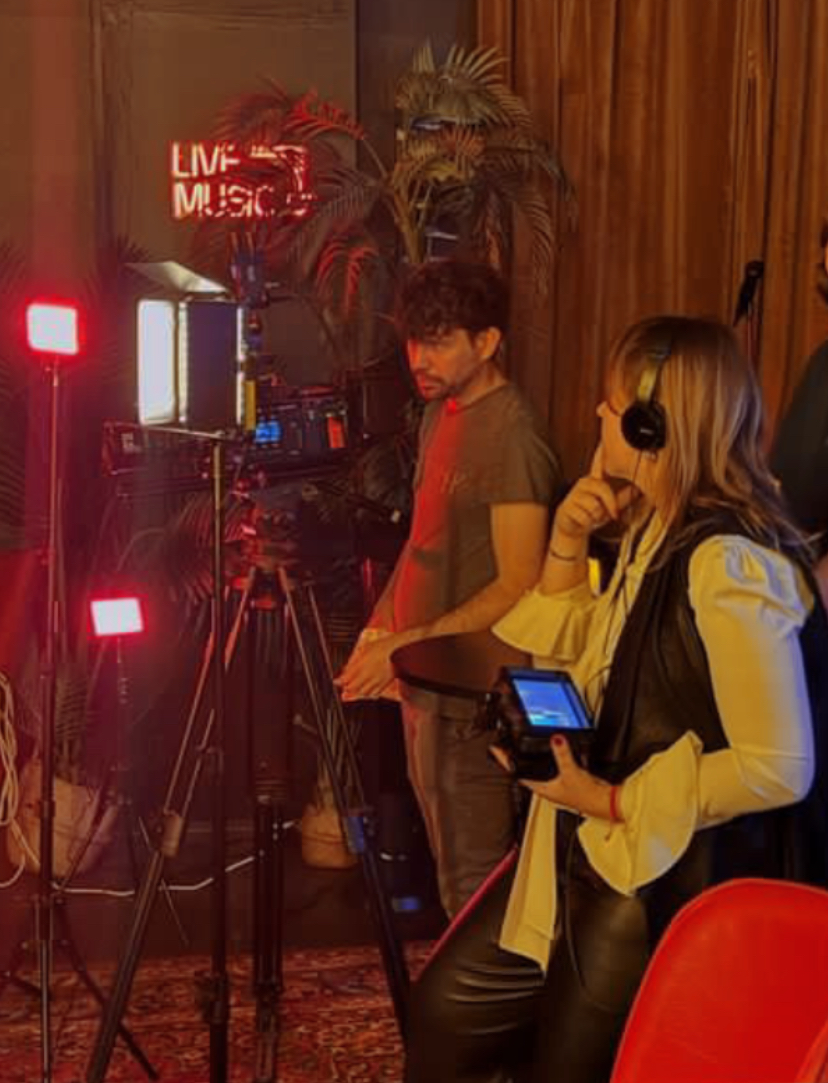
What’s the most rewarding aspect of being a creative in your experience?
it use to be just finishing a project, but now it’s seeing a group of like minded people come together to work on something they are passionate about and having a good time on set together. Building relationships and wanting to work together again
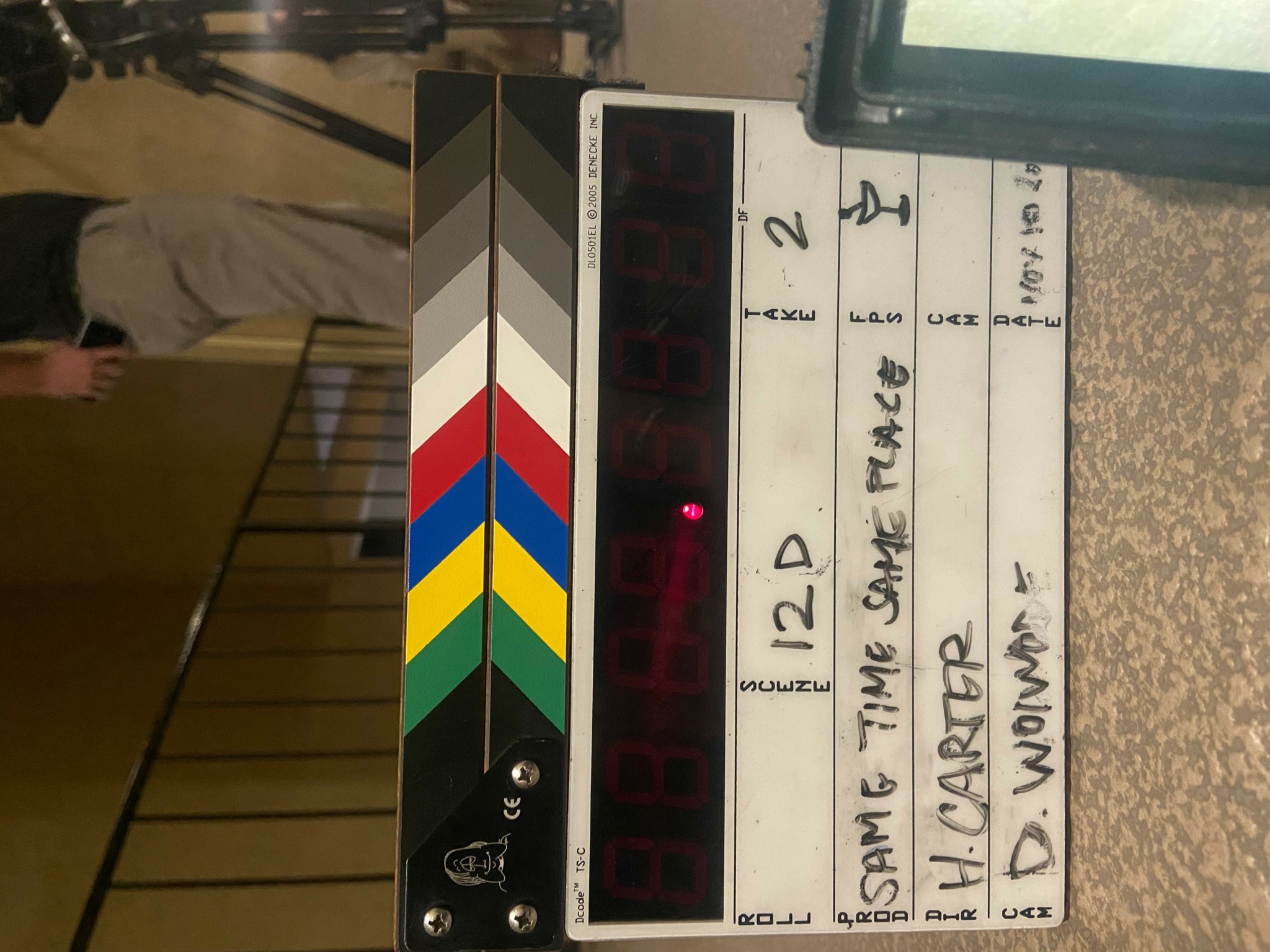
What can society do to ensure an environment that’s helpful to artists and creatives?
Supporting artists and fostering a vibrant creative ecosystem requires a multi-faceted approach from society, including individuals, organizations, and governments i.e :
1. Funding and Grants: Increase public and private funding for the arts through grants, scholarships, and fellowships. This financial support can help artists focus on their work without the constant pressure of financial instability.
2. Affordable Spaces: Create and maintain affordable studio spaces, galleries, and performance venues for artists. This includes repurposing underutilized spaces in urban areas for creative use.
3. Public Art Initiatives: Encourage public art projects that engage communities, enhance public spaces, and provide visibility to local artists. This can also include art installations, murals, and performances in public areas.
4. Artist Residencies: Develop artist residency programs that provide time, space, and resources for artists to create new work, collaborate, and engage with the community.
5. Education and Workshops: Offer workshops, classes, and educational programs in schools and community centers to inspire creativity and provide training in various artistic disciplines.
6. Promote Local Art: Support local art markets, fairs, and festivals that highlight the work of local artists. This helps to build community and provides artists with opportunities to sell their work.
7. Advocacy: Advocate for policies that protect artists’ rights, such as copyright protections and fair compensation for their work. Join movements that seek to raise awareness about the importance of the arts.
8. Collaborative Projects: Encourage collaboration between artists, businesses, and non-profits to create unique projects that benefit both the community and the artists involved.
9. Online Platforms: Support the development of online platforms that allow artists to showcase and sell their work, reach wider audiences, and connect with potential patrons and collaborators.
10. Diversity and Inclusion: Promote diversity and inclusion within the arts by supporting underrepresented artists and ensuring that a wide range of voices and perspectives are recognized and valued
Contact Info:
- Instagram: h_carterxo
